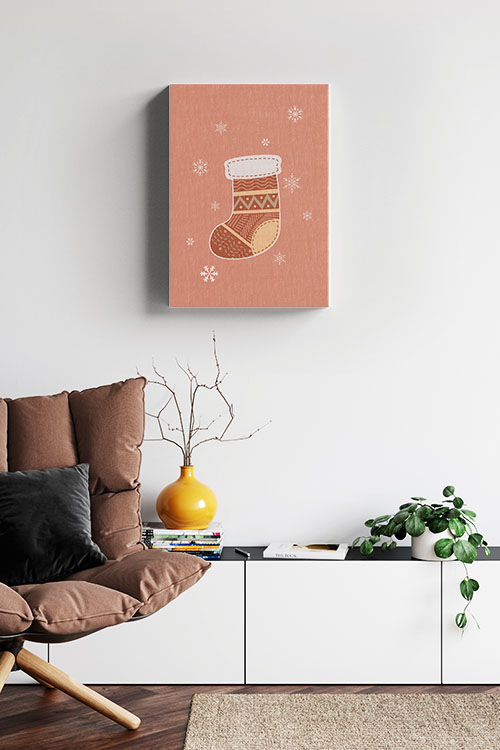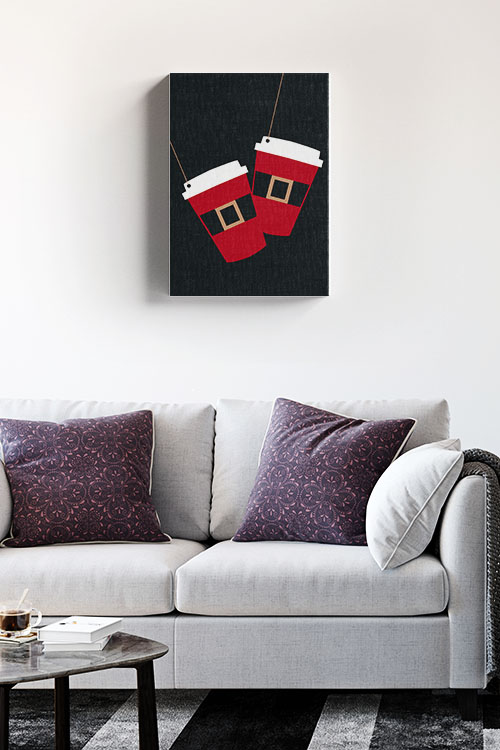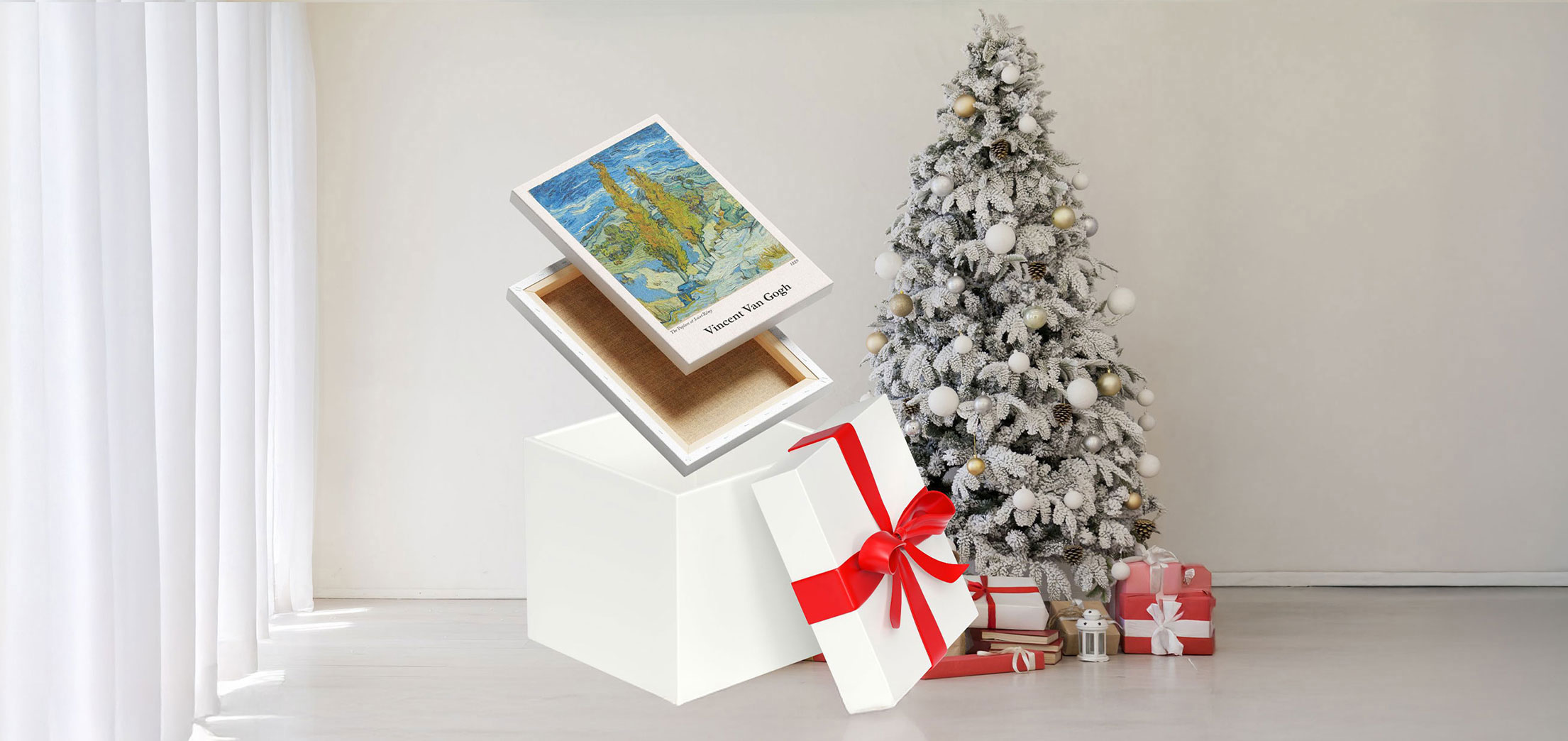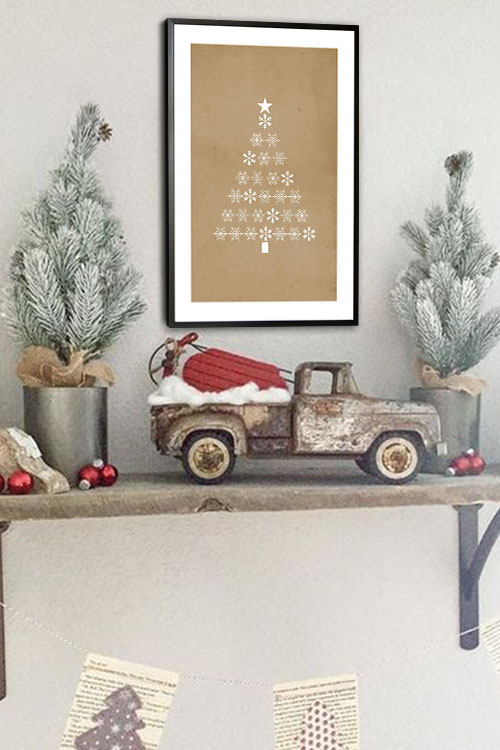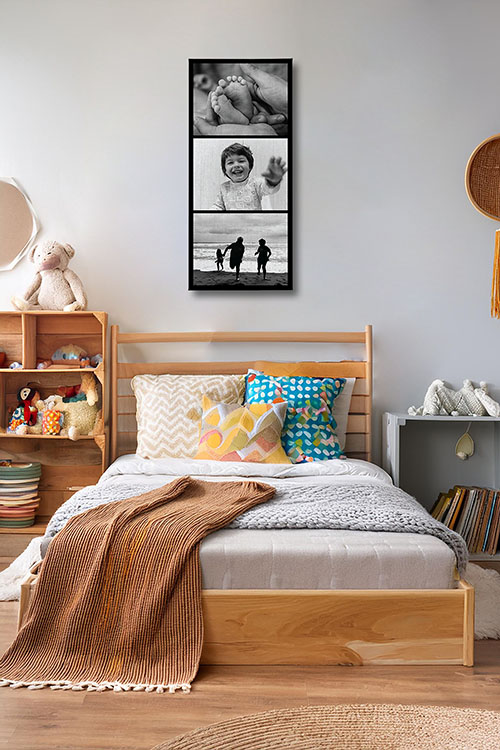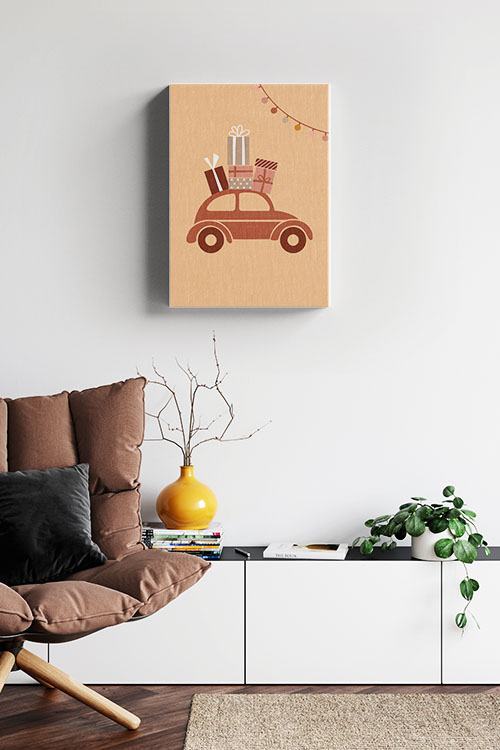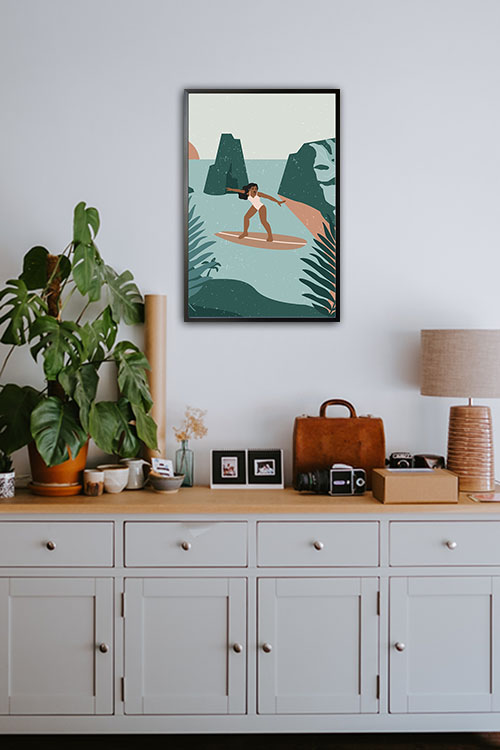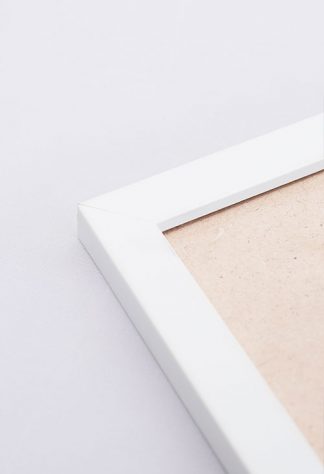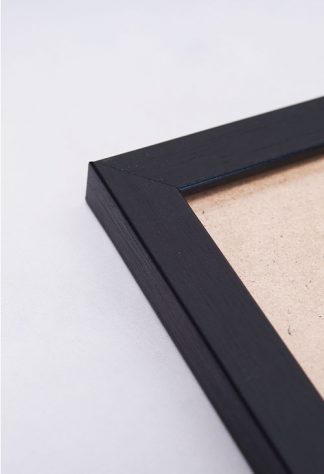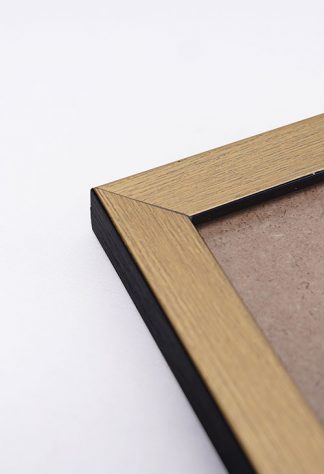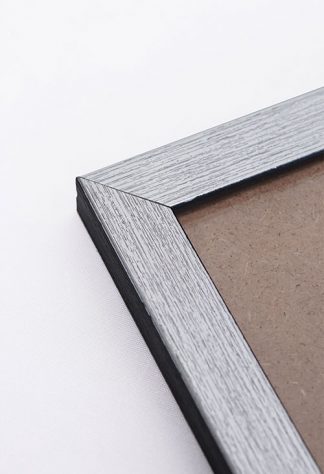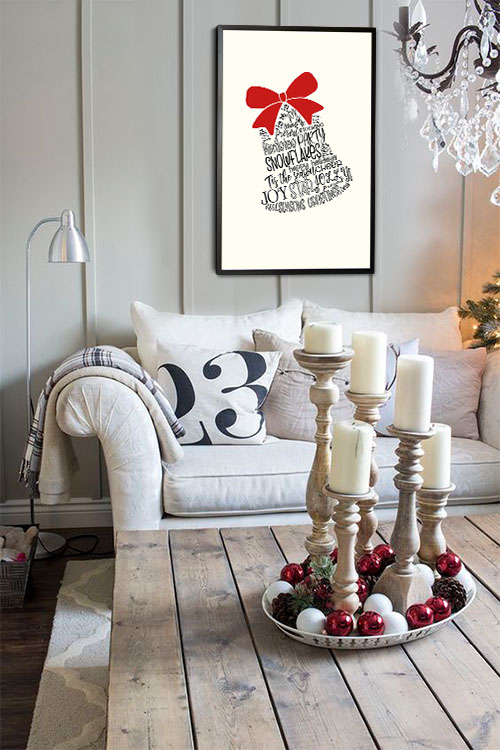
The holiday season is a time filled with joy, celebration, and the opportunity to create memories that last a lifetime. One of the most delightful aspects of Christmas is the transformation of your home into a festive haven. Balancing beauty and functionality can elevate your decorations from simply decorative to genuinely transformative. Here’s how you can create a stunning home while remaining practical for everyday life and holiday activities.
Plan with Purpose
The key to harmonious Christmas decorating lies in intentionality. Start by assessing how your spaces will be used during the holidays. Whether hosting large parties, intimate family gatherings, or quiet evenings by the fire, tailor your decorations to support these activities. For instance, prioritize open spaces for mingling in the living room or ensure the dining table has enough room for dishes and centerpieces.
Blend Décor with Function
Functional elements can also be festive! Integrate your holiday decorations into everyday items to enhance their usability. For example:
- Use decorative storage baskets with holiday patterns to keep blankets and toys tidy.
- Swap out standard throw pillows for festive ones that add comfort and holiday flair.
- Opt for a tablecloth with seasonal prints to protect surfaces while setting a cheerful tone.
Combining practicality with seasonal accents makes your home beautiful and efficient.
Choose a Cohesive Theme
A well-thought-out theme ties your decorations together and simplifies the process of making decisions. Whether you choose a classic red-and-green palette, a modern metallic scheme, or a rustic natural vibe, carrying this theme throughout your home ensures consistency. This cohesive approach enhances visual appeal and prevents overdecorating, keeping spaces functional and uncluttered.
Optimize Entertaining Spaces
Holiday gatherings often call for flexible, multi-functional spaces. Rearrange furniture to accommodate guests, ensuring enough seating and clear pathways. Avoid overloading surfaces with decorations; use compact yet impactful pieces like a stunning centerpiece or a small, well-lit tree. In the kitchen, keep countertops free of clutter to allow for meal preparation while still adding touches of holiday spirit, such as a festive cookie jar or a mini wreath.
Illuminate with Intent
Lighting plays a dual role in Christmas decorating, adding ambiance while improving functionality. Use string lights, lanterns, and candles to create a cozy and magical atmosphere. To maintain practicality, ensure essential areas, such as stairways and entryways, are well-lit. Dimmable LED lights can offer flexibility, transitioning from bright task lighting to soft, warm glows for intimate moments. Let your imagination guide you in creating a truly enchanting space.
Focus on Guest Comfort
If you’re hosting friends or family, prioritize decorations that enhance their experience. A welcoming entryway with a wreath and lights sets the tone, showing your guests that they are truly welcome. A cozy guest room with festive accents like a small tree or holiday-scented candles makes visitors feel at home. Ensure pathways are clear of tripping hazards, and place festive touches in shared spaces without overcrowding.
Keep It Simple Outdoors
Outdoor decorations extend the holiday cheer beyond your front door while ensuring functionality. Weatherproof lighting, wreaths, and illuminated pathways create a festive ambiance and provide safety for nighttime arrivals. Keep outdoor displays tasteful and cohesive with your home’s theme for maximum impact.
In a Nutshell
Christmas decorating doesn’t have to be a choice between beauty and practicality. Thoughtful planning and creative solutions allow you to enjoy the best of both worlds. By blending festive charm with functional design, your home becomes a space that’s visually enchanting, welcoming, and easy to navigate. This holiday season, let your decorations enhance the aesthetics and the heartwarming experiences that make Christmas special.

